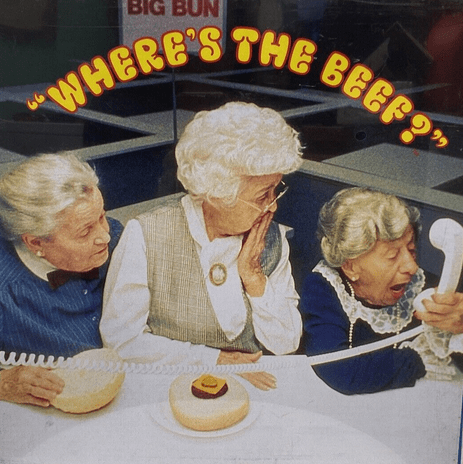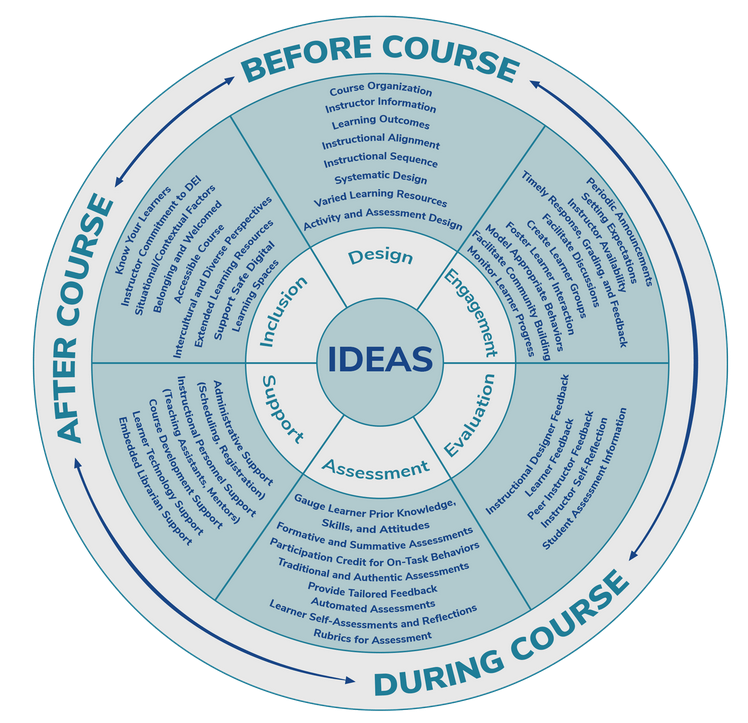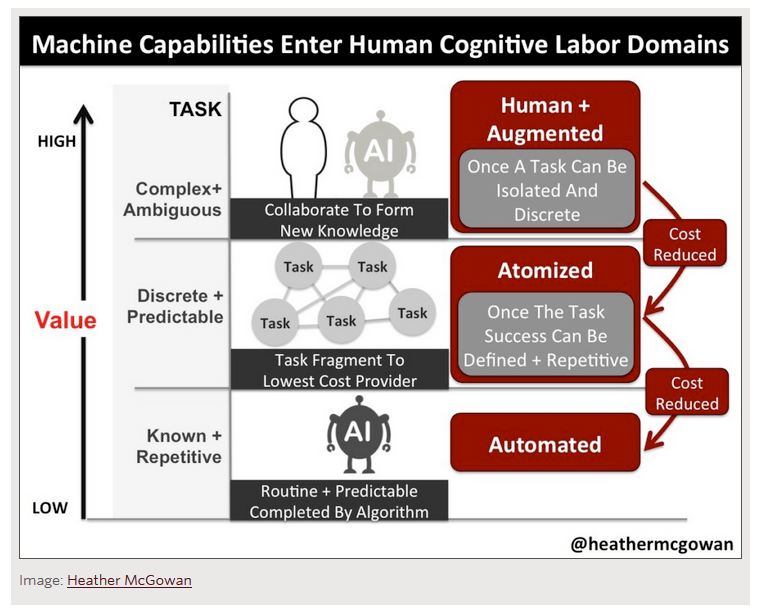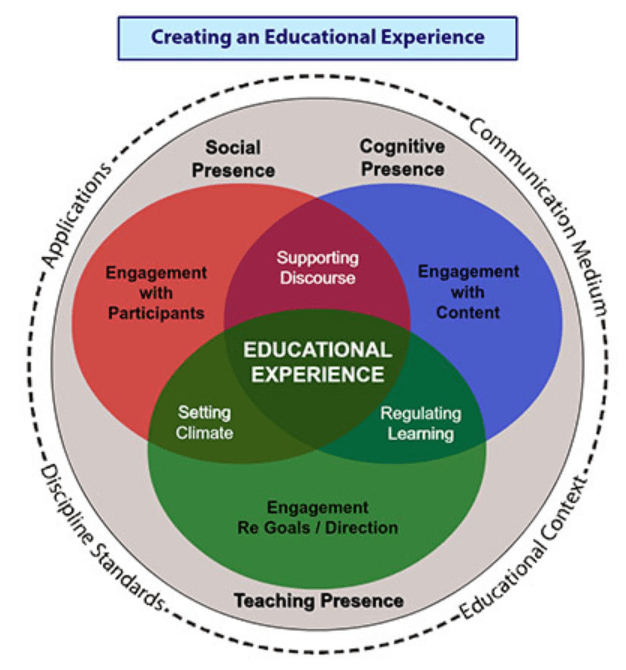Way back in 1984, Wendy’s introduced an advertisement that in modern terms would be seen as having gone “viral.” Three elderly ladies are at a fast food counter ordering a Big Bun, and one says:
As I read Educause’s article on the IDEAS Framework this past week, a similar reaction hit me. Where’s the faculty?
Don’t get me wrong…there are some good suggestions in Martin and Ritzhaupt’s article. The IDEAS Framework builds on earlier rubrics such as one of my favorites, the Open SUNY Online Course Quality Review (OSCQR) rubric, to suggest steps to be taken before, during and after a course.
But having thought about the emerging role of AI in education this past month, it struck me that much of the “work” listed in this framework could now be automated.
In a post last spring, Harold Jarche suggested that one of the steps we should use is “What value am I adding?”
To me, the IDEAS Framework implies faculty presence, but not very explicitly. I have always been a fan of the idea of faculty presence first posted by Randy Garrison and his Canadian colleagues in the Community of Inquiry framework:
What I have always liked about this framework is that it stresses the importance of the connections and interactions by BOTH students and faculty in all three presences – cognitive, social, and teaching. Both faculty and students add value to the course interactions. The IDEAS Framework focuses on the mechanical aspects of online teaching – to me – that misses the opportunities associated with the presence of the faculty in the course.
This is a theme I have blogged about often. In On Being There, I explored Mary Ludden’s post “How to connect in a connectionless environment…”, which suggested that three key areas of focus were:
- Be present.
- Be connected.
- Be real.
It is another way of saying – What value is the faculty providing in connecting with students?
In The Content Trap, I noted “As we look to update our existing programs and create new ones, how do we create connections, stay different, and add value to our students instead of focusing on our own bottom line.”
In Leaving a Bit of Our Heart in Our Courses, I noted a Tom Peters quote from George Pocock, “When you were done and walked away, you had to feel that you had left a piece of yourself behind in you forever, a bit of your heart.” Pocock was discussing building racing shells, but I suggested the same was true in building online classes…and part of the value imparted in teaching online is the heart that students feel coming from the faculty.
In Teaching Over the Waterfall, I channeled my inner Frank Lloyd Wright and asked “So the question becomes, how do we unite man and nature in teaching…how do we teach over the waterfall…and in doing so, accentuate the connections while circumventing isolation?”
The common theme throughout was connections. In some ways, this is a variation on Moore and Kearsley’s types of interaction needed for distance learning, with interaction for learning occurring in four ways:
-
-
- Student with Content
- Student to Student
- Student to Instructor
- Student with Self
-
In my teaching, I have tended to modify this to imply that both I and my students are co-learners on a journey together, with all of us sharing our connections with content through our interactions and reflections. I pick up pieces of this in the IDEAS Framework, but again, it is implied…and I would suggest that it needs to be more explicit.
And maybe “value” is the wrong word in higher education. Maybe the word is “passion.”
What do you think?
{Graphics: The Retronetwork; Educause; Jarche}



